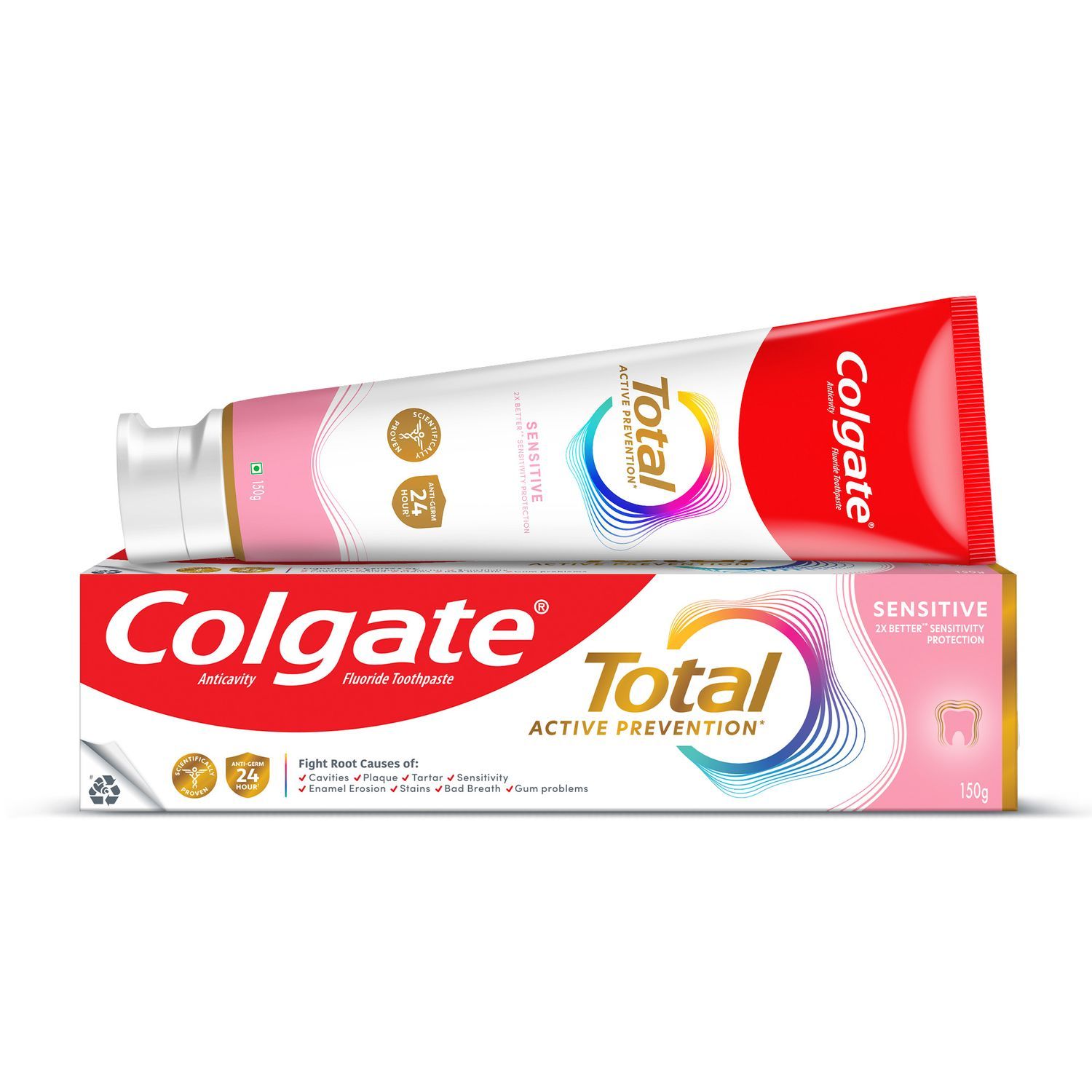What Exactly is Pale Tongue?
If you encounter this problem, you might be wondering: why is my tongue pale? What does a pale tongue mean? According to The Mayo Clinic, a white tongue is the result of the papillae’s swelling on your tongue’s surface. And when debris, dead cells, and bacteria get caught between these enlarged papillae, it can look like a white coating.
Now, let’s look at the several conditions related to pale discoloration.
1. Leukoplakia
According to The Cleveland Clinic, leukoplakia occurs when white patches appear on the tongue. These patches can either white with smooth or rough edges or white and red irregularly shaped edges, sometimes with elevated bumps. These patches can also be found underneath the tongue or on the cheek. This is most often caused by heavy tobacco use and alcohol consumption. Men between the ages of 50 and 70 are most often affected, with this condition rarely appearing in people under the age of 30. Luckily, there is no pain associated with leukoplakia. However, if you do notice a white patch, let your dental professional know. In some cases, these could be signs of cancer, so early detection is key. Otherwise, quitting tobacco and alcohol use and switching to a healthy diet can help manage symptoms. Your medical or dental professional may also recommend certain supplements like vitamin A or prescribe retinoids.
2. Geographic Tongue
With this condition, the tongue appears to have red and white patches, much like psoriasis. According to The Mayo Clinic, the discoloration might vary over time as these patches can move around the tongue. Luckily, this is a painless condition that will likely go away independently, with primary symptoms linked to sensitivity to spicy, sweet, or salty foods.
3. Dry Mouth
Dry mouth has several causes, from dehydration to medications to diabetes, and can occasionally cause the tongue to be white. When a person has dry mouth, the saliva glands don't make enough saliva to moisturize the mouth properly. Without enough saliva, it's difficult to rinse away excess bacteria, food bits, and other debris. However, a change in tongue color isn't the only symptom of dry mouth. Other signs include a sore throat, thickened saliva, and bad breath. The first step to treating dry mouth is figuring out what's causing it, which is why it's essential to see a medical or dental professional. For short-term relief, sucking on lozenges can help stimulate saliva flow.
4. Oral Thrush
While oral thrush, or a yeast infection, won't exactly change the tongue’s color, it can cause white patches to develop on its surface, making the tongue look pale or light in color. Oral thrush is usually easy for a dentist or doctor to diagnose, as they will examine the patches on the tongue and take a sample. Your dental professional will likely treat it with a prescription pill or mouthrinse. According to Stanford Medicine, your dental professional might also scrape off the patches, which is a painless procedure. If you see white patches on your tongue, it's a good idea to see your medical or dental professional for a diagnosis and the appropriate treatment.
5. Poor Oral Hygiene
A white tongue can also develop when a person doesn't practice the best oral hygiene habits. Without regularly cleaning your mouth of bacteria and debris, it will remain on your mouth and on your tongue—which can also lead to cavities and other infections.
How to Treat Pale Tongue
One of the first steps, especially if poor oral hygiene is causing your pale tongue, is to improve your oral hygiene habits. That means brushing twice a day with a soft-bristle toothbrush and fluoride toothpaste and cleaning between your teeth daily with floss, water flossers, or another interdental cleaning device. You may also want to try gently brushing your tongue or using a tongue scraper. Also, be sure to drink plenty of water. Talk to your dental professional about what could be causing this discoloration. They will likely examine your tongue, ask you questions about your health, and recommend a treatment plan.
It’s always a little startling when something in your body is visibly different. Luckily, a pale tongue is usually not an indication of a severe medical condition. If you’re concerned, bring it up with your dental professional so that you can get treatment and get back to having a healthy tongue and sparkling smile.
This article is intended to promote understanding of and knowledge about general oral health topics. It is not intended to be a substitute for professional advice, diagnosis or treatment. Always seek the advice of your dentist or other qualified healthcare provider with any questions you may have regarding a medical condition or treatment.
ORAL HEALTH QUIZ
What's behind your smile?
Take our Oral Health assessment to get the most from your oral care routine
ORAL HEALTH QUIZ
What's behind your smile?
Take our Oral Health assessment to get the most from your oral care routine













